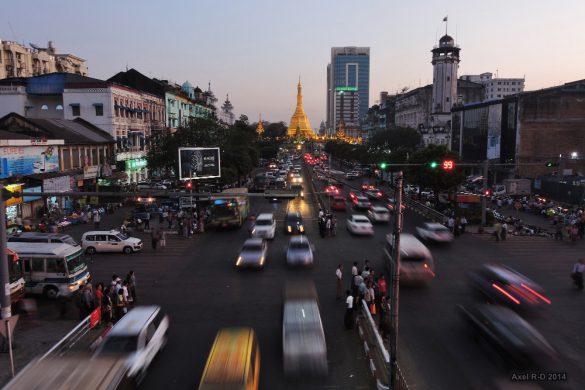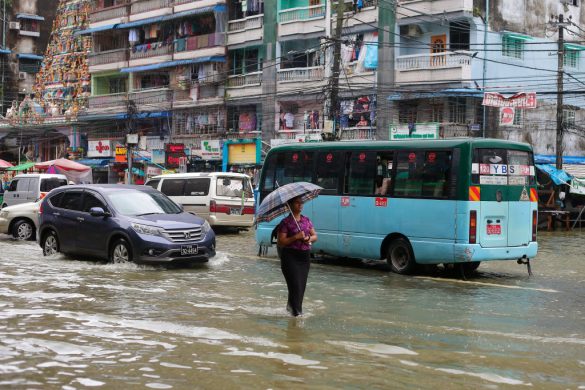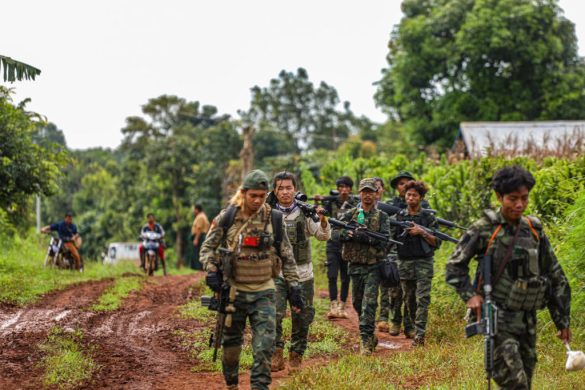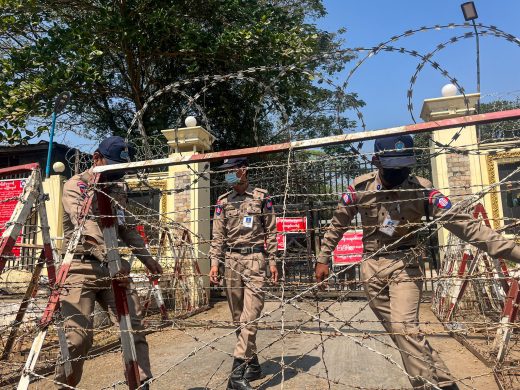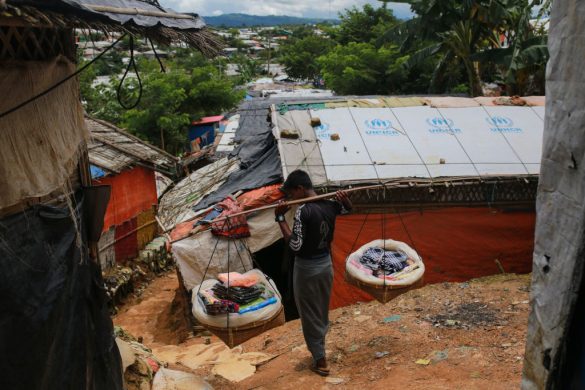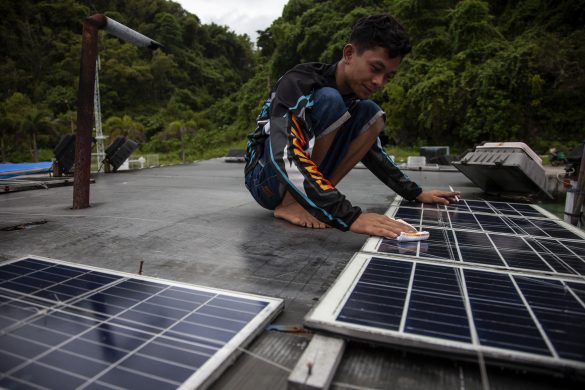(ADB) Despite flooding that devastated one fifth of the country’s farm land, and moderating economic activity in the People’s Republic of China (PRC), Myanmar’s economy is expected to grow 8.4 percent in 2016 and early 2017 the highest rate in Asia and the Pacific, according to the Asian Development Bank’s Asian Development Outlook 2016.
Since a series of political and economic reforms began in 2011, the Myanmar economy has experienced strong growth, exceeding 6 percent gross domestic product expansion every year since 2012. But in 2015, a disaster struck that some feared could derail the country’s fragile economic and social gains.
“In July–August 2015, a cyclone and intense monsoonal rains caused widespread flooding and landslides that displaced more than 1.6 million people, killed 132, and devastated one-fifth of all cultivated land,” stated the Asian Development Outlook 2016 report.
The economic cost was estimated at $1.5 billion, equal to a staggering 3% of the country’s gross domestic product (GDP). Agriculture, which accounts for 30% of GDP and more than 60% of employment, was devastated by the disaster.
The country pulled together, and worked with its international partners, including the Asian Development Bank, to rebuild devastated areas and provide relief to affected people.
The storm did little to slow down the rest of the booming economy, with garment exports increasing by 28 percent to $2 billion. Natural gas exports slightly increased as well. Tourism was also a major driver of the economy with 4.7 million arrivals in 2015 with about 70% of visitors entering overland from neighboring countries. Spending by tourists rose by 19% to $2.1 billion in 2015.
Despite the strong growth, Myanmar is facing significant economic challenges. Like all countries in Asia, it is affected by moderating growth in the PRC. But that impact is being lessened by closer economic relations with its other neighbors, India and Thailand, according to the Asian Development Outlook 2016 report.
Some regions remain affected by conflict driven by ethnic and sectarian tension. Infrastructure throughout the country is in need of modernization. Reforms are underway to address corruption, encourage the growth of the private sector and diversify the economy.
Myanmar is also working to take advantage of its strategic location sandwiched between some of the world’s biggest economies by boosting regional trade and investment.
However, Myanmar is also grappling with high inflation, a common problem among countries enjoying an economic growth spurt. Inflation is expected to ease in the coming year, as farmers bounce back from the 2015 disaster and prices fall on basic food items, the report said.
"The economy is narrowly based, with growth depending on natural resource exports, construction, and tourism," noted the Asian Development Outlook 2016 report.
Despite other risks such as the capacity of the new government to maintain reform, and vulnerability to bad weather, prospects look sunny for the country. In 2017, the Asian Development Outlook 2016 projects continued strong economic growth at 8.3 percent, still one of the highest rates in Asia.

